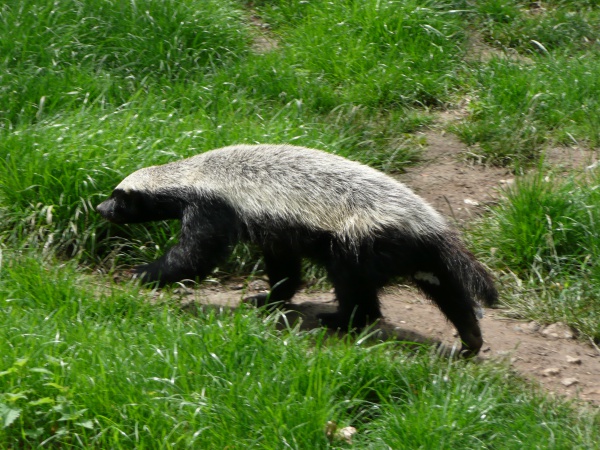Facts About Honey badger
The honey badger, also known as the ratel, is a captivating mammal indigenous to Africa, Southwest Asia, and the Indian subcontinent. It is classified as "Least Concern" on the IUCN Red List due to its extensive range and adaptability to diverse environments. Contrary to its name, the honey badger shares more physical characteristics with weasels than with other badgers.
The honey badger's taxonomic journey began in the 18th century when it was initially named Viverra capensis. It is the sole representative of the genus Mellivora and belongs to its own subfamily, Mellivorinae. This resilient creature first appeared in Asia during the mid-Pliocene and has since evolved over millions of years.
Renowned for its thick skin, remarkable strength, and formidable defensive abilities, the honey badger is a carnivore that typically roams alone but can be seen hunting in pairs during mating season. It is an expert digger, able to swiftly create burrows. Its fearless disposition enables it to confront predators much larger than itself. The honey badger's diet is varied, encompassing honey, insects, small vertebrates, and even plants.
Honey badgers inhabit sub-Saharan Africa, Southwest Asia, and the Indian Peninsula, thriving in a range of environments from sea level to high mountainous regions. They are known to occasionally come into conflict with humans, sometimes raiding poultry and even standing their ground against dogs.
The honey badger's notoriety soared after a viral YouTube video, leading to its appearance in various media, including a Disney Junior series. Additionally, the term "honey badger" has become a popular moniker for tenacious and fearless professional athletes.

 Senegal
Senegal